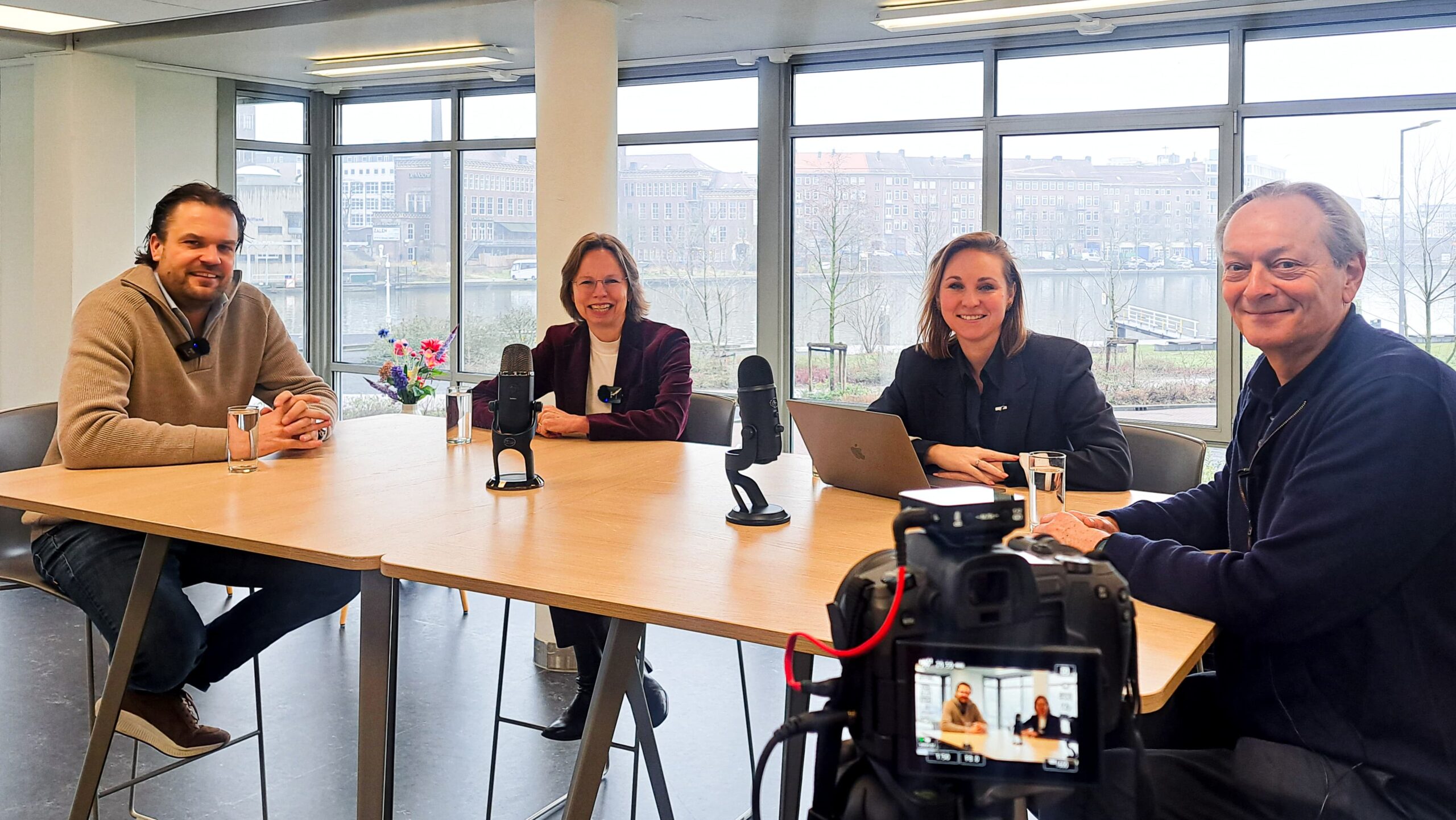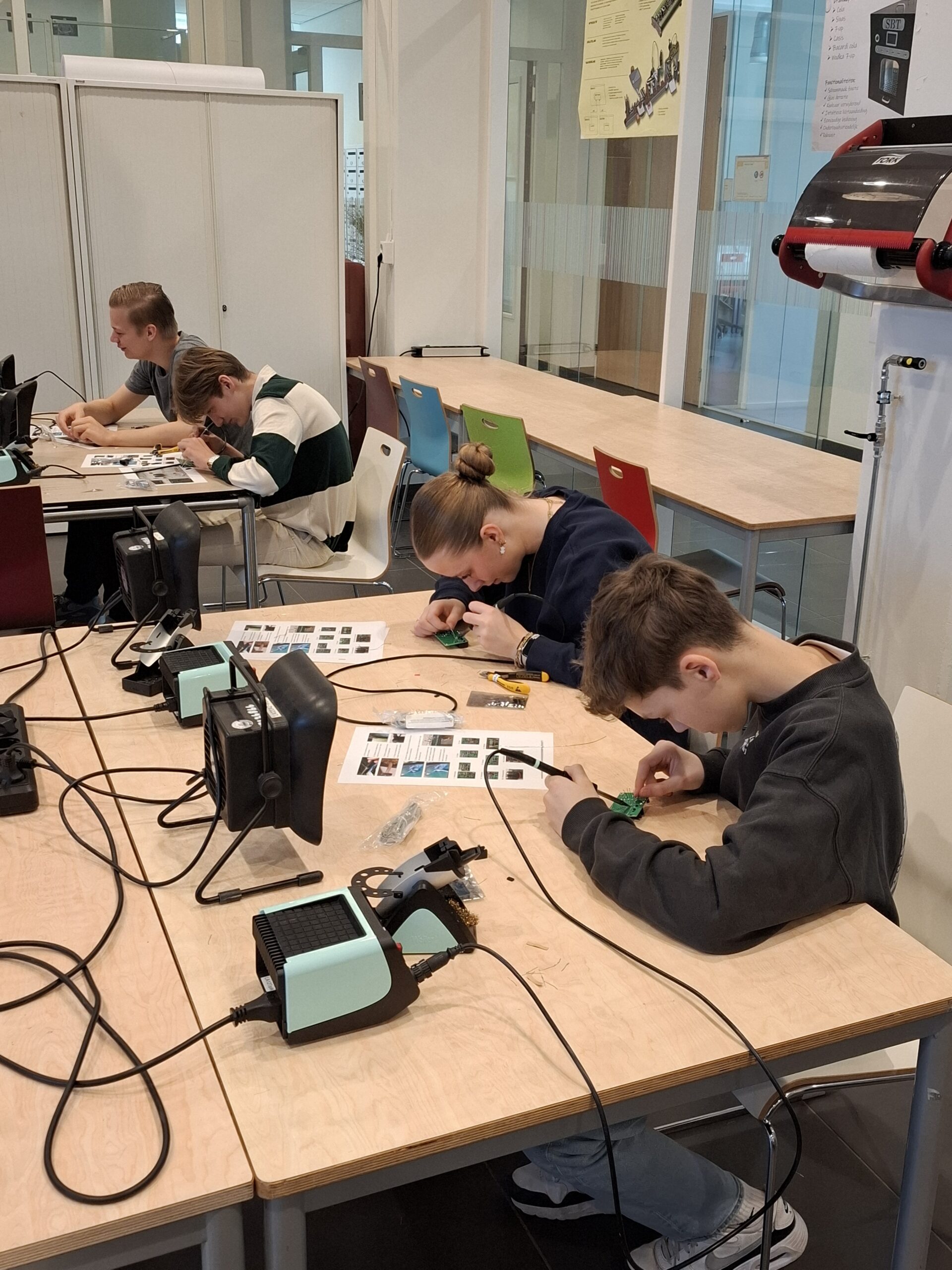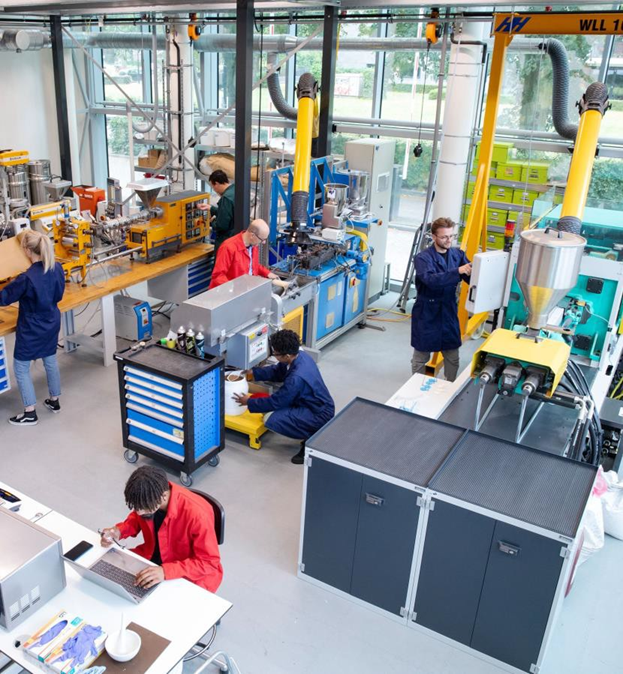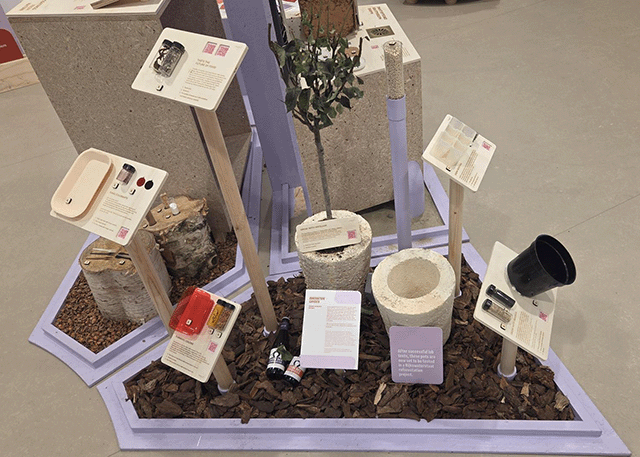“TOGETHER WE DEVELOP PRODUCTS THAT ARE COMMERCIALLY ATTRACTIVE AND CONTRIBUTE TO A MORE SUSTAINABLE WORLD.”


Bioplastics as an alternative
Bioplastics offer a sustainable alternative to traditional plastics. They are biodegradable and reduce CO₂ emissions. Han van Kasteren, Professor of Biobased Building Blocks & Products at Avans University of Applied Sciences, explains: “We develop biopolymers that are actually biodegradable, so they don’t harm the environment.” Yet these materials are not widely adopted.
“Conventional plastics have been optimized over the course of a hundred years. Biobased materials are only at the beginning of that development,” Van Kasteren says. The technological challenge lies in achieving the same or even better properties. This requires innovation and investment.
Legislation as a driver
New legislation can encourage companies to embrace biobased materials. Maaike Lycklama à Nijeholt, Professor of Finance & Business Innovation at Rotterdam University of Applied Sciences, sees opportunities: “The Corporate Sustainability Reporting Directive (CSRD) forces companies to report on sustainability. This can accelerate biobased innovation.” Initiatives such as true pricing, which incorporates environmental costs into product pricing, can also provide a boost.
According to Lycklama, financing must better align with sustainable innovations. “Banks still assess initiatives too much based on traditional risks. More collaboration across the value chain can improve this.”
Collaborating for impact
Thijs Rodenburg, CEO of Rodenburg Biopolymers, a company that produces bioplastics, emphasizes the importance of collaboration: “We see increasing co-creation across the value chain. Together we develop products that are commercially attractive and contribute to a more sustainable world.”
Rodenburg Biopolymers recently developed an innovation with another company that enables bioplastics to break down in cold soil. “Normally, high temperatures are needed to degrade bioplastics, but with our new technique we can speed up this process without leaving harmful substances behind,” Rodenburg explains. This offers opportunities for applications such as groundwater monitoring and ecological restoration.
Students as drivers of innovation
Students play an important role in the development of biobased innovations. By collaborating with companies and researchers, they gain practical experience and contribute to sustainable solutions. “Students bring fresh ideas and support companies in their innovation efforts,” says Van Kasteren. This also creates opportunities for students themselves: “The demand for professionals with knowledge of the circular economy is growing. By engaging with these topics during your studies, you increase your chances in the job market.”
The Netherlands as a frontrunner?
The Netherlands has everything needed to take a leading role in biobased innovation. A strong agricultural sector can supply raw materials, and universities of applied sciences develop new knowledge and technologies. Yet scaling up remains slow.
“We need to look beyond the short term,” says Lycklama. “Companies that prioritize circularity are more innovative and more successful in the long run.” The message is clear: only through collaboration can we accelerate the transition to a sustainable economy.








